Highlights
Director-General
0b470017d4a44ae395ef86ac612c96a0.jpg?sfvrsn=32a8ee14_11)
News
Upcoming UN hunger report presents a new approach to financing the end of food insecurity and malnutrition in all its forms
At the High-Level Political Forum in New York, FAO calls for less risk aversion and more innovation in funding the zero hunger challenge
.jpg?sfvrsn=554a76ff_1)
News
Forests face increasing climate-related stress amid growing demand for their products, FAO report warns
State of the World’s Forests 2024 report emphasizes innovation as key to new management approaches
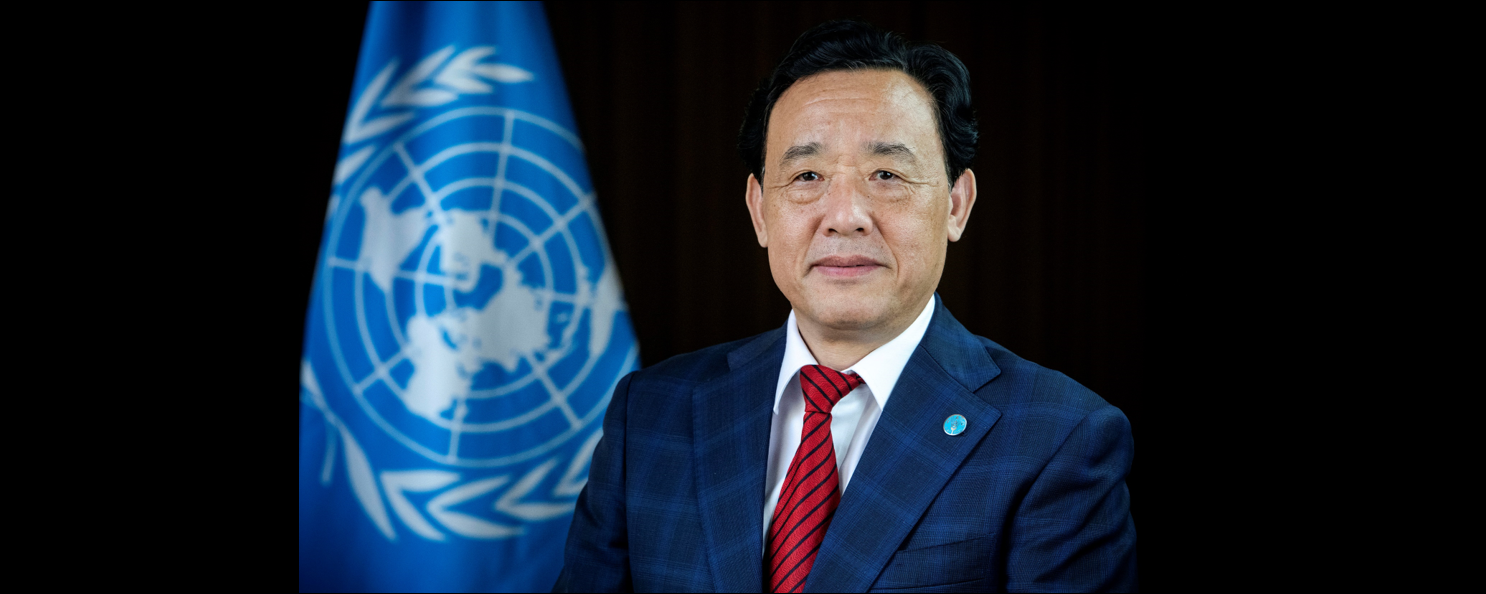
QU Dongyu visits Mongolia and DPRK reaffirming FAO’s commitments to supporting sustainable agrifood systems transformation in developing countries
QU Dongyu’s Mongolia visit took place on 10-12 July and the one to DPRK on 13-16 July
.jpg?sfvrsn=2a4833f_11)
Interactive story
Transforming forests with technology and innovation
Discover how the groundbreaking Open Foris platform can restore and protect forests.

Event
Committee on Forestry 2024
This session will feature discussion on scaling-up agroforesty, ecosystem restoration and much more. See the agenda and watch the webcast.

In Focus
FAO response to global food security challenges
Data analyses, policy recommendations, and actions on the ground.

Publication
A wealth of information
From specialized manuals to children’s books, FAO produces a vast range of informative publications. Explore a catalogue of FAO’s latest publications.

In Focus
Investing in the future
See how the FAO Investment Centre is working towards a greener, more sustainable, inclusive and equitable future.

Story
An environmental and culinary revival in Iran
Revolutionizing traditional bread-making empowers Iranian women and combats desertification.
Director-General

QU Dongyu visits Mongolia and DPRK reaffirming FAO’s commitments to supporting sustainable agrifood systems transformation in developing countries
QU Dongyu’s Mongolia visit took place on 10-12 July and the one to DPRK on 13-16 July
Join the conversation
Voices of Impact
New frontiers in forestry innovations
21/03/2024
Forests are one of the planet’s greatest resources, but climate change and human impact pose growing threats. Around the world, innovations are making it possible to address these challenges. From digital forest management, to wood-based textiles, and new sustainable building materials, new technologies are revolutionizing the way we manage and protect our forests. Watch the video to learn more.
Video
Forests and innovation – new solutions for a better world
19/03/2024
From cutting-edge technologies for forest monitoring to sustainable substitutes derived from trees for plastics and fabrics, innovation can help us...
Podcast
FAO Brief - 15 July 2024
15/07/2024
In this episode, experts and policymakers call to reinforce the vital role of fisheries and aquaculture in tackling food insecurity at FAO’s Headquarters; a new report reveals emerging economies will drive agricultural markets in the next decade; and the Food Price Index stable.
Data
Value of world forest product exports
Note: Percentages on the figure indicate the shares in the total; they may not tally due to rounding.
Source: FAO. 2023. Forestry Production and Trade. In: FAOSTAT. Rome. [Cited October 2023]. https://www.fao.org/faostat/en/#data/QCL
2020 World
31.2%
2010 World
31.5%
In depth

Data
Transparency is key to FAO’s mission
Our new transparency portal shows how and where our resources are used and the results we have achieved. Explore the portal now.
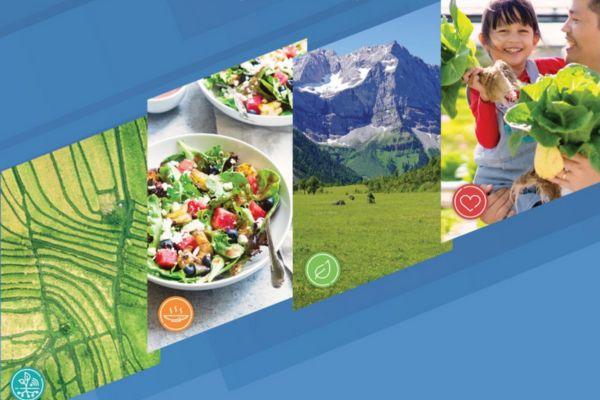
Publication
Medium Term Plan and Programme of Work
The Director-General’s Medium Term Plan (Reviewed) 2022-25 and Programme of Work and Budget 2024-25.
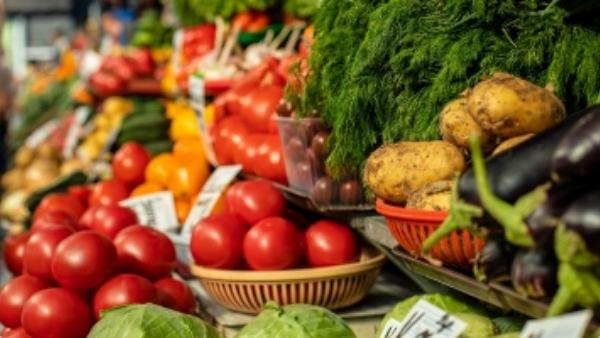
In Focus
FAO Data Lab
The FAO Data Lab for Statistical Innovation modernizes the statistical business process, with a specific focus on emergency contexts, when having access to timely information is very important.
FAO and the SDGs
Hover the mouse over an SDG icon for more information
A world free from hunger and malnutrition where food and agriculture contributes to improving the living standards of all

FAO works with governments and partners to empower some of the world’s most marginalized people to end rural poverty.

FAO helps ensure food security by developing ways of growing food that will work in the future so that millions of people don’t go hungry.

Good health starts with nutrition. FAO sets global standards and works with governments and the private sector to ensure food quality and safety throughout the food chain.

FAO invests in educational systems for rural communities and supports improved access to primary education and school meals in order to create equal opportunities for all and chances of lifelong learning.

FAO supports gender equality in the agricultural sector in an effort to raise levels of nutrition in local communities and improve agricultural productivity.
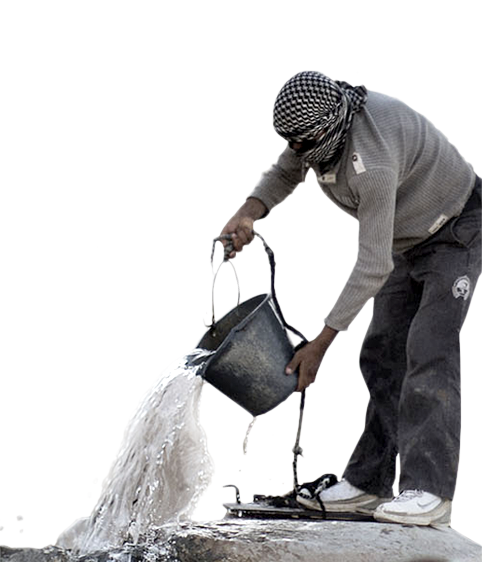
FAO works with governments to ensure water use in agriculture is made more efficient, equitable and environmentally friendly.
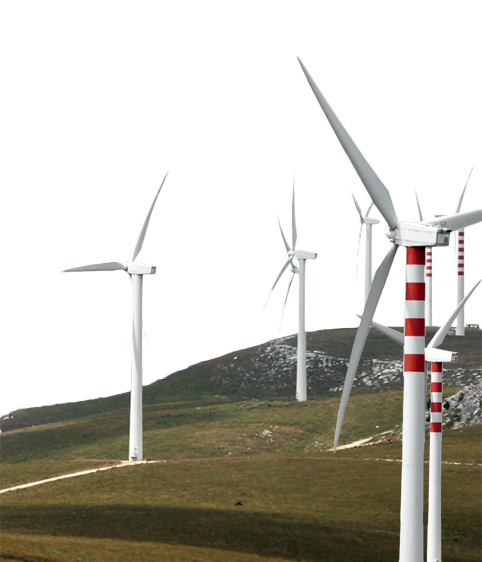
FAO promotes the use of renewable energies and works to ensure access to modern energy services across the food chain.
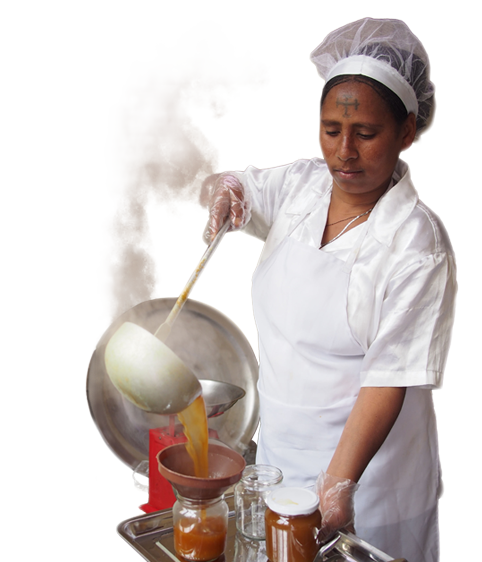
FAO seeks better economic opportunities for all by investing in sustainable agricultural practices and food systems that reduce inequalities and create decent jobs.
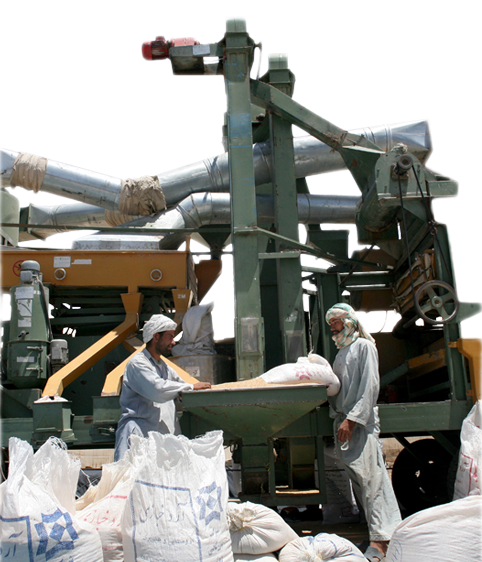
FAO seeks to secure a future for rural communities via investments in transportation, irrigation, food storage facilities and communication technologies.
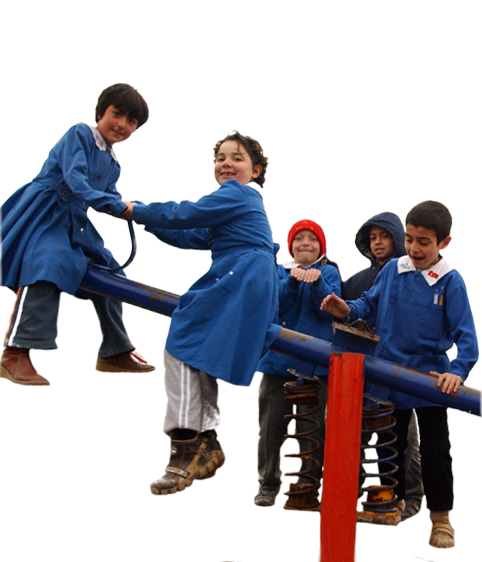
FAO works with countries and partners to generate employment in rural areas, ensure access to natural resources for the most vulnerable and connect farmers to markets.

FAO works to improve urban healthcare, water quality and rethink city region food systems to help deter the negative effects of sprawling urbanisation.
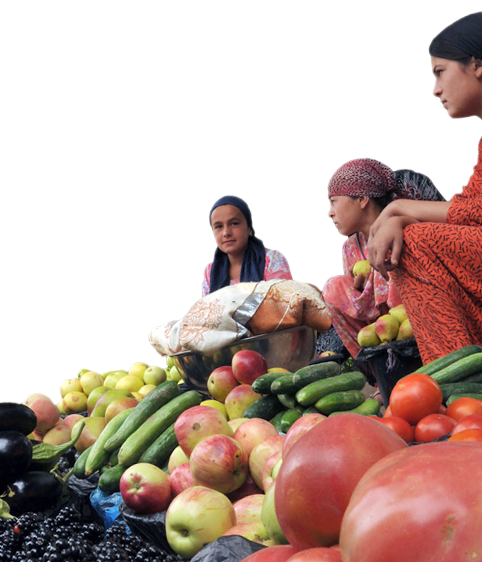
FAO coordinates major global initiatives and projects to tackle food waste and loss, partnering with international organisations, the private sector and civil society.

FAO supports countries in responding to the threats of climate change by providing advice, data and tools for better agricultural policies and practices.
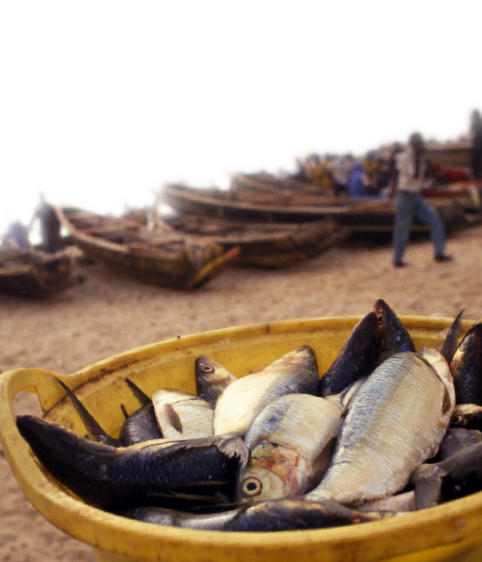
FAO, in partnership with governments and fishing communities, implements best practices in fisheries to ensure our oceans are protected as a means of livelihoods.

FAO promotes sustainable approaches to natural resource management and supports endeavours that promote a balance between conservation and development initiatives.
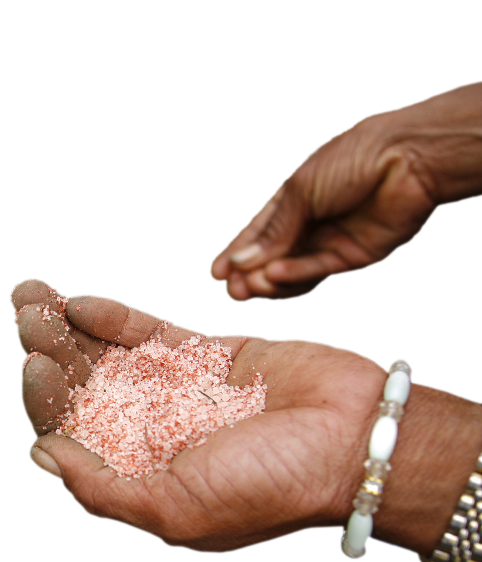
FAO plays a critical role in peacebuilding, restoring rural livelihoods, building resilience and participatory approaches to policymaking.
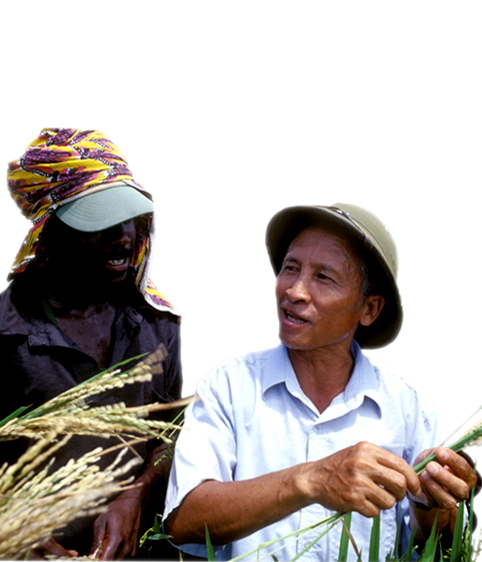
FAO acts as a neutral policymaking forum and develops partnerships with all concerned with food and agriculture to ensure a world free from hunger.





















